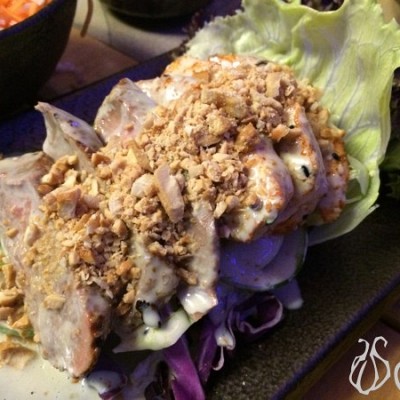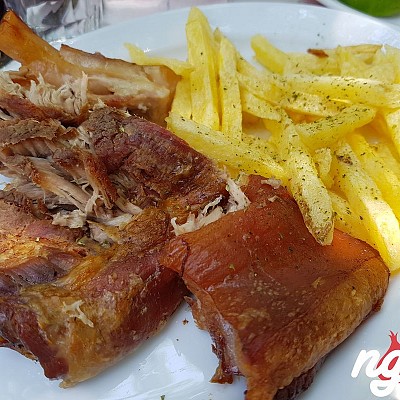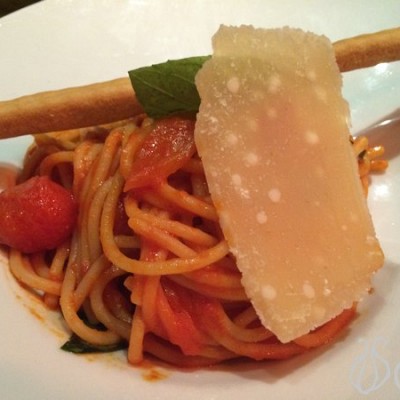Finding success as a restaurateur is a challenging prospect. Your business is likely to have an approach to food that is directed by the unique perspectives of you and your staff. However, there are also multiple other restaurants vying for the attention of your dining demographic. This is why it is so important to have an effective marketing strategy.
Search engine optimization (SEO) is one of your most important tools in this regard. Unless you run a nationwide chain of restaurants, though, you’re unlikely to benefit from targeting general terms for the industry. Rather, you want to rank highly for diners searching for great food in your geographical location.
We’re going to explore some of the key local SEO tactics you should be using to convert clicks into customers.
Local SEO Best Practices
Your local SEO campaign needs to utilize some tools best suited to the restaurant industry in particular. However, it’s important that these are all underpinned by some core local SEO best practices.
Identifying relevant search queries
For the most part, local SEO is not focused on consumers directly Googling the name of your business. It’s more about enabling consumers to organically discover your restaurant — although tools like Google My Business can help this happen. You need to utilize these tools and understand what search terms diners are likely to be using so you can focus on ranking for them.
This isn’t always easy to establish. One helpful approach is to make a mind map to explore the problem in a visual way. It’s a strategy that empowers you to organize your ideas and follow different trains of thought to establish the most appropriate solutions. In this instance, you can create diagrams to determine what customers in your area are most likely to be searching for based on the specific attributes of your restaurant and the needs of the local area.
Geotagging Images
One of the mistakes many businesses make is focusing entirely on text elements, like blogs and listings, with their SEO. The images of your business can also play a powerful role in helping your restaurant attract traffic. Geotagging is the process of adding the precise coordinates of your business to your images. This allows search engines to effectively assess how close your business is to the locations in which consumers are searching for similar services. As such, it’s more likely that search engines will connect your restaurant to the searches for your local area. It also provides accurate data to boost the algorithm’s confidence that your company is directly associated with the location keywords.
Most contemporary digital cameras will automatically geotag the images you capture. Although, if you’re using a smartphone, you may need to make certain your camera application has the location data permissions turned on. Alternatively, you or your web designer can embed the geotagging details into the code for each image.
Engaging in local link building
Link building remains one of the most valuable tools for SEO. It connects your restaurant to your search terms in a contextually relevant way to drive traffic to your website and boost your rankings. Your efforts should be geared toward link building with a local focus.
A good start here is to look at the websites that currently rank for your target local SEO keywords. While you’re unlikely to get links or trade links with your competitors, you can find SEO success with a local restaurant directory or industry website.
You can also look for other local link opportunities. Reach out to regional food bloggers and reviewers. 49% of consumers are driven by influencers, so reach out to local foodies in the area with a robust following on social media. You can also offer discounts through local university websites and post on community social media groups. Sponsoring events can also help you gain local links on the event’s web pages, social media, and local news articles.
Display Your Menu Online
Improving your local SEO rankings is often about establishing how to use your online resources more effectively. One of the basic tools all restaurants have that you should be optimizing is a menu. It’s not just important to make sure your website displays your current menu so visitors can see what you have to offer. You can use it to increase your opportunities to rank for your target search terms.
Integrate your localized keywords into your menu text in a natural way. This could include adapting the titles of your specials or dishes to reflect aspects of the local area. You can also provide some geographical context in the description of your food. For instance, describing your organic produce sourced in your geographic area from regional farmers can attract diners searching for healthy and authentic local cuisine. You should also be sure to include a key local search term in any taglines or descriptions of your restaurant under the menu header.
It’s worth utilizing the alt text for the images on your menu, too. This is a description of what is being displayed in the image. Not only does this make your content more accessible to those with vision difficulties, but search engines also consider the alt text for your photographs when making ranking decisions. Use relevant keywords in a natural and authentic way, but keep the length to a minimum.
Encourage Customer Reviews
Customer reviews are among the most important decision-making tools diners use online. Indeed, restaurants are among the most reviewed services on Google. The efficacy of these as trust signals — and the tendency for search engines to recommend your business to consumers — can depend on the quantity and quality of localized reviews you receive.
This isn’t a case of artificially inflating your reviews. This could damage your rankings and your reputation. Rather, encourage diners to leave a review for you on your Google business profile, Yelp, and social media. Make this process easy for your customers. Include links to review pages on your website and social media profiles.
Importantly, make sure you engage with the people who leave reviews. Thank them for taking the time to rate your business and reply specifically to their comments. If there are negative reviews, address these in a calm and transparent way. This not only demonstrates to search engines that you’re active in interactions, but it shows local searchers you’re committed to customer service.
Create Relevant Local Content
It can seem like an overused phrase, but content is genuinely king when it comes to local SEO. You should regularly be making efforts to create content that ranks for your search terms and provides value for consumers. It’s also important to adapt your current website pages for these, too.
Part of this should revolve around understanding what is most important to diners in your local area and adjusting to reflect this. This isn’t about pandering to the public, you should still be authentic. Make sure you showcase how your genuine values connect to the needs of locals.
For instance, if you live in a city with a large LGBTQIA+ population, you should optimize your content to show you’re a welcoming and supportive business. Utilize your site’s front page with text and images to highlight your restaurant’s commitment to contributing to a vibrant and discrimination-free community. Your efforts here not only allow you to rank for relevant local keywords but also positively impact your reputation.
You should also create blogs, social media posts, and videos to highlight the key local attributes for which you’re planning to rank. Show the behind-the-scenes efforts you go to gain produce from local farmers. Work with your chef to blog about each week’s special dishes and the consideration that goes into them. Create TikTok and Instagram posts about your waiting staff. Make sure each of these elements is optimized with your local keywords through in-text elements and social media hashtags.
Conclusion
A solid, local SEO strategy can help your restaurant to connect with diners from your geographical area or those planning to visit. Alongside the general local SEO best practices, it’s important to utilize your online menu effectively and strive for quality customer reviews. Put effort into creating content that is relevant to local needs and your target search terms, simultaneously. There’s a lot of competition in the restaurant industry, so it’s vital to use the most relevant digital marketing tools at your disposal.






































